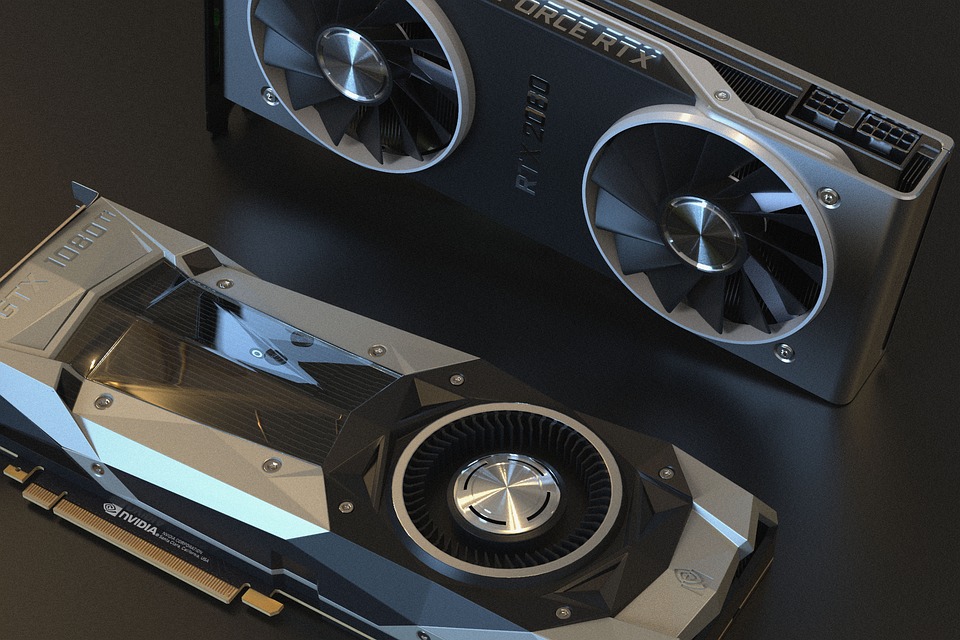As the gaming industry continues to evolve, pushing the limits of graphics and processing capabilities, the challenge of overheating hardware has become increasingly significant. Gamers often invest in state-of-the-art gaming rigs that can deliver unparalleled performance, but these powerhouses can generate substantial amounts of heat, leading to thermal throttling, decreased performance, and even hardware failure. To combat overheating, innovative solutions are emerging, focusing on advanced cooling technologies that not only protect hardware but also enhance the overall gaming experience.
The Importance of Effective Cooling
Understanding Overheating
When gaming hardware runs too hot, several issues arise. High temperatures can cause hardware components to throttle, meaning they slow down to prevent damage, which can diminish gaming performance and lead to frustration. In extreme cases, overheating can cause permanent damage to critical components like CPUs and GPUs. Therefore, efficient cooling systems are essential for maintaining optimal performance and extending the lifespan of gaming hardware.
Signs of Overheating
Some common signs of overheating include:
- Performance Drops: Frequent frame rate drops and lag.
- Unexpected Shutdowns: Hardware shutting down without warning.
- Increased Fan Noise: Fans running at high speeds to cool down components.
- Physical Damage: Burn marks or warped surfaces on hardware.
Innovative Cooling Solutions
- Liquid Cooling Systems
One of the most effective solutions for cooling high-performance gaming rigs is liquid cooling. These systems use a coolant to dissipate heat away from critical components. With customized loops, gamers can achieve lower temperatures than traditional air cooling, enhancing both performance and aesthetics with RGB configurations. Brands like Corsair and NZXT have made liquid cooling kits accessible, allowing users to build and maintain their systems while enjoying quieter operation.
- Phase Change Cooling
Phase change cooling operates similarly to a refrigerator, utilizing a refrigerant that changes between liquid and gas states to absorb heat. This technology can drop temperatures significantly, making it ideal for extreme overclocking situations. Although more expensive and complex to implement, this type of cooling can facilitate record-breaking performance levels.
- Peltier Coolers
Also known as thermoelectric coolers, Peltier devices create a temperature difference by moving heat away from components. While they can provide impressive cooling, their inefficiency at high power draws means they often require additional cooling systems to manage the heat they produce. Nevertheless, in the right setup, they can be an effective method for managing temperatures.
- Advanced Air Cooling Solutions
Traditional air cooling has seen innovations as well. High-performance air coolers with larger heatsinks and high-RPM fans can offer competitive temperatures against liquid cooling systems. Modern designs incorporate heat pipes and improved airflow systems to enhance efficiency. Brands like Noctua and be quiet! have gained renown for their high-quality air cooling solutions.
- Desk and Room Environmental Controls
While individual component cooling is essential, environmental factors play a significant role in hardware temperatures. Gaming setups often combine heat-generating devices—CPU, GPU, monitors—within a confined space. Elevating the room temperature can exacerbate overheating. Ensuring proper ventilation, using air conditioning, or utilizing heated, adaptive cooling solutions (like smart thermostats) can help in managing ambient temperatures, promoting a stable gaming environment.
- Modular and Expandable Cases
Many modern gaming cases now come equipped with improved airflow and expandability options. Cases designed with strategic fan placements, mesh panels, and modular airflow paths allow users to manage their cooling solutions better. By enabling additional fans or customizing airflow paths, gamers can create an efficient cooling system tailored to their specific setup.
- Custom Fan Profiles and Software Solutions
Gamers can utilize software to monitor and control their hardware’s temperature and fan speeds. Applications such as MSI Afterburner, Corsair iCUE, and NZXT CAM allow users to customize fan curves, helping to balance performance noise levels and thermal performance, providing real-time feedback and control over temperatures.
Conclusion
As gaming hardware becomes increasingly powerful, innovative cooling solutions are essential for ensuring that these machines operate optimally. The evolution of cooling technologies—from liquid cooling systems to advanced air solutions—allows gamers to push the limits of performance while safeguarding their investments. By staying aware of hardware temperatures and applying the latest innovations, gamers can not only enjoy superior in-game experiences but also ensure the longevity and efficiency of their setups.
In an era where competitive gaming and graphical fidelity are at the forefront, effective cooling is not just a luxury; it’s a necessity for serious gamers aiming to perform at their best.



